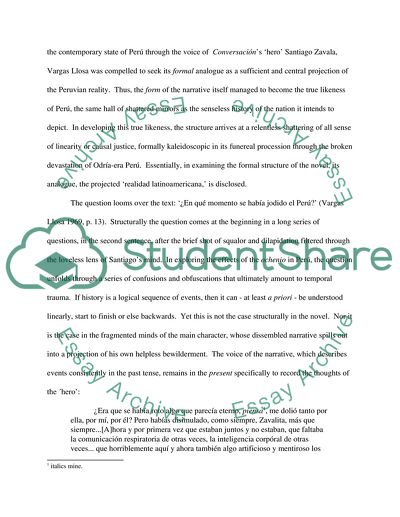Cite this document
(“The Formal Analogue to Peruvian Despair in Vargas Llosas Essay”, n.d.)
Retrieved from https://studentshare.org/literature/1537886-see-assignment-criteria
Retrieved from https://studentshare.org/literature/1537886-see-assignment-criteria
(The Formal Analogue to Peruvian Despair in Vargas Llosas Essay)
https://studentshare.org/literature/1537886-see-assignment-criteria.
https://studentshare.org/literature/1537886-see-assignment-criteria.
“The Formal Analogue to Peruvian Despair in Vargas Llosas Essay”, n.d. https://studentshare.org/literature/1537886-see-assignment-criteria.


